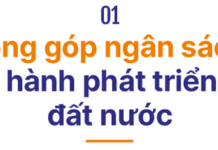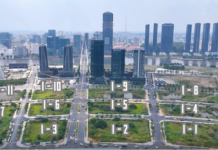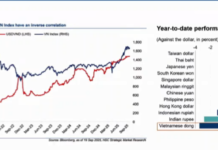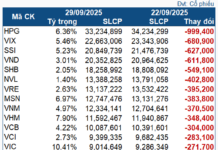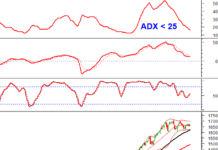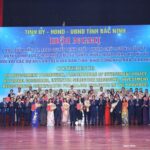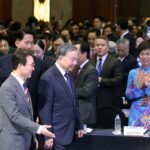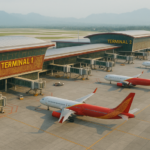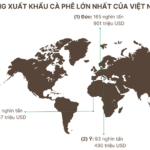According to the statistics from the former Da Nang Statistics Office, the city’s economic scale in the first six months of 2025 reached VND 83,988 billion, with a Gross Regional Domestic Product (GRDP) estimated to increase by 11.7% compared to the same period in 2024. The city attracted USD 62.56 million in foreign direct investment (FDI), an increase of 2.5 times compared to the same period in 2024 (157.0%). Along with this, tourism has also witnessed a strong recovery, with the total number of guests accommodated by lodging establishments estimated at 5.792 million in the first six months, a 17.1% increase compared to the same period in 2024.
Especially, in just a short period from the beginning of 2025 until now, Da Nang has welcomed a series of unprecedented infrastructure developments. This includes breakthrough planning such as the first Free Trade Zone (FTZ) in Vietnam, the International Financial Center (RFC), and transportation infrastructure projects like seaports, coastal roads, and the international airport, which are being urgently constructed and upgraded. Da Nang is currently at a “golden time” to attract investment and human resources.
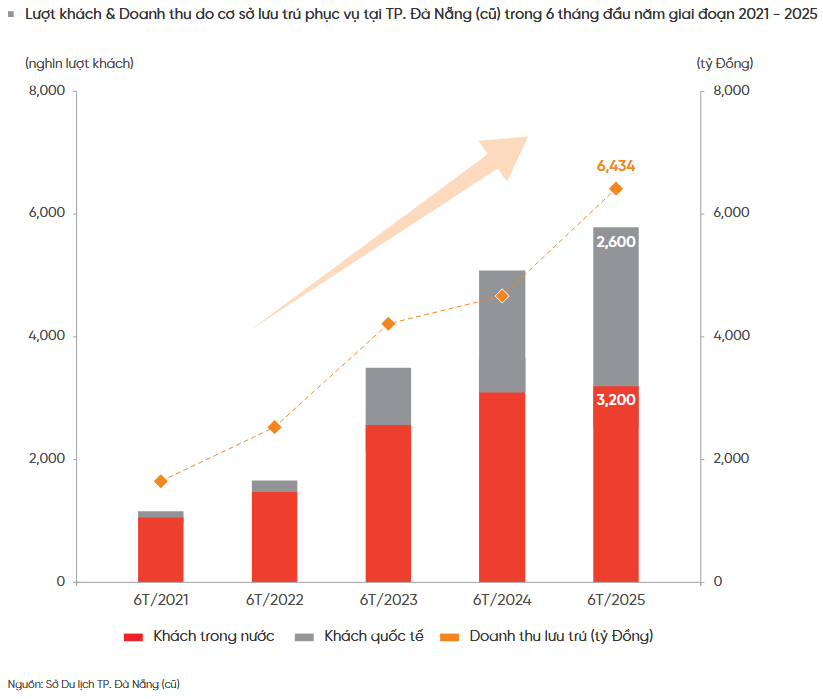
Da Nang’s tourism industry witnessed strong growth in the first half of 2025.
The infrastructure boost has led to a surge in demand for land in Da Nang since the beginning of 2025. According to real estate brokers in the city, land prices on the main roads in the city have shown signs of increasing again, and the recovery momentum has become evident. Land on major roads is being offered at VND 66-70 million per square meter, while land in the inner areas ranges from VND 25-50 million per square meter. Suburban areas, such as the resettlement area at the foot of Ba Na mountain, have also increased by 10-20% compared to the beginning of 2025, and the Hoa Xuan area has seen a 10-20% increase as well.
In a recent sale of an old land project in the Con Dau area, 600 land plots priced at VND 5-7 billion per plot were sold out in just one day of official launch. Many long-term investors were surprised by the record-high liquidity. Even investors from Hanoi and Ho Chi Minh City went home empty-handed as the plots were sold out before they could make a decision.
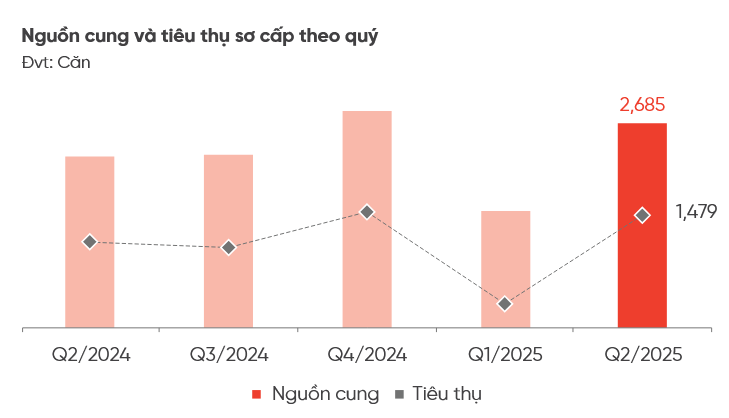
Land transactions in Da Nang suddenly surged in the second quarter of 2025.
Currently, land prices in Da Nang are still considered lower than in many other provinces, especially when compared to major tourism destinations that are rapidly developing, such as Quang Ninh and Nha Trang. A practical survey shows that land prices in Da Nang remain competitive, mainly ranging from VND 35-70 million per square meter depending on the location, while Nha Trang and Quang Ninh are in the range of VND 60-100 million per square meter.
Specifically, Da Nang’s land prices are about 20-30% cheaper than Nha Trang and Quang Ninh in comparable locations (by the sea or in urbanized areas). For example, a 100-square-meter lot by the beach in Da Nang might cost only VND 5-6 billion, while in Nha Trang or Ha Long, it could go up to VND 8-10 billion.
Even in the fever of price increases after the provincial merger, Da Nang land prices remain “soft” and comfortable compared to the city’s potential as a city by the Han River – where transportation by air, water, and road is convenient and tourism is continuously growing. This makes Da Nang an attractive choice for long-term investment, especially when compared to equivalent tourism potential (Da Nang welcomed over 10 million visitors in 2024, on par with Nha Trang and Quang Ninh).
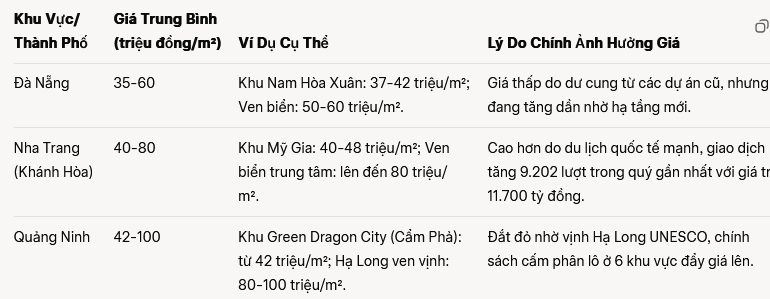
Compared to Quang Ninh and Nha Trang, Da Nang’s land prices are still at a lower level.
According to sophisticated investors, Da Nang is the most livable city in Vietnam, boasting the famous My Khe beach and modern infrastructure (including an international airport and well-planned roads). However, land prices in the city remain lower than in other provinces due to three main factors.
Firstly, the market was affected by the COVID-19 pandemic. Land prices in Da Nang decreased by 20-30% after 2020 due to the impact of COVID-19. Secondly, there were legal and policy issues at the local level, which kept Da Nang land stagnant from 2021 to 2024, despite land fever in many other provinces nationwide. In contrast, Nha Trang benefited from the quick recovery of domestic tourism, and Quang Ninh was boosted by Ha Long Bay and casino projects, causing land prices to soar.
Secondly, the baseline land prices in Da Nang were already low. After the real estate bubble of 2018-2019, Da Nang had a large supply of land from projects like Nam Hoa Xuan and Hoa Vang, leading to stagnant or even decreasing land prices. At some points, land prices in Da Nang were only VND 25 million per square meter, equivalent to prices in smaller provinces. However, this presents an opportunity for investors today as they can catch the rising wave of land prices in Da Nang, while most of the land in Quang Ninh and Khanh Hoa has already established new price levels with the entry of new projects.
One of the critical factors influencing Da Nang land prices recently is the new land price framework. Although the city has issued a decision to adjust and supplement land prices for some roads and areas in the city’s land price table, from now until December 31, 2025, Da Nang (including the old Da Nang city and the merged Quang Nam province) will still apply the land price framework issued in 2019-2020. In contrast, Quang Ninh, Khanh Hoa, and other cities have already applied the new land price framework since the end of 2024 to early 2025.
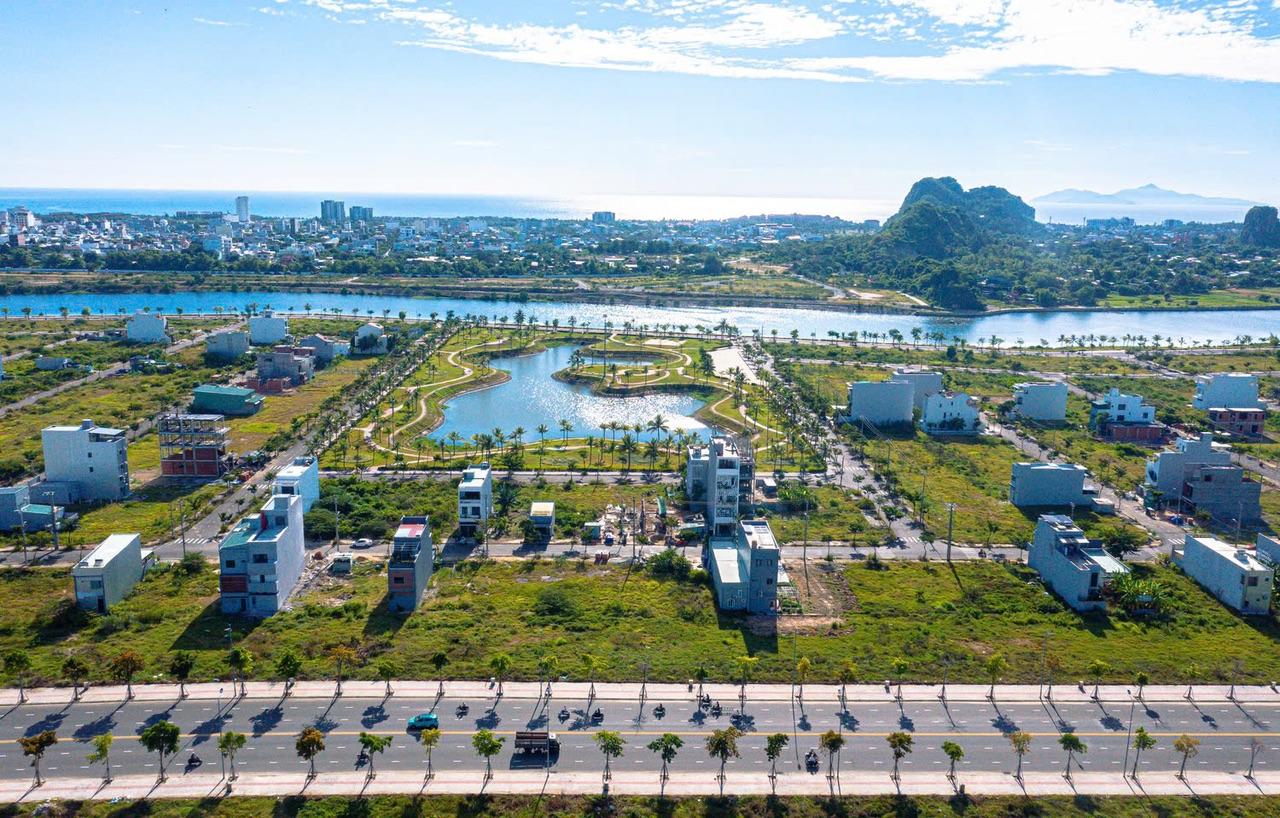
The shift of capital from Hanoi and Ho Chi Minh City to Da Nang is due to the more accessible price range compared to the two large metropolises.
With its attractive pricing and high growth potential, Da Nang land is predicted to increase by 50% in the 2025-2030 period, thanks to infrastructure developments like airport expansion and administrative mergers. It is an ideal choice for medium to long-term investments, especially coastal land (My Khe, Son Tra) or land by the Han River (Hoa Xuan, Hoa Vang). These areas are experiencing the highest growth rates in the market, with an average increase of VND 300 million per lot due to new projects and a 49% absorption rate in the first half of 2025. Avoid the expensive city center but enjoy the benefits of a prime location by the river with convenient amenities and ecological parks.
Mr. Nguyen Quoc Anh, Deputy General Director of Batdongsan.com.vn, also shared that land prices in Da Nang have increased by about 30% in the first half of 2025. Selling prices in the secondary market have risen by 5-25% depending on the area. This is an opportune time for those with a medium to long-term vision, stable finances, and the willingness to hold land while waiting for infrastructure development. The shift of capital from Hanoi and Ho Chi Minh City to Da Nang is also due to the more accessible price range compared to the two large metropolises.
However, large-scale investors also acknowledge that the market is becoming more selective. Only products with clear legal status and completed infrastructure are easily traded. Especially, land developed by large investors with completed infrastructure will be the target of investors riding the wave of increasing land prices, as the market will not see new land projects due to the 2024 Real Estate Business Law, which prohibits land subdivision and sale.
The First-Ever Simultaneous Launch of 250 Projects Worth $50 Billion: What Does It Mean for Vietnam’s GDP?
Recently, the Government Office in Hanoi collaborated with the Ministry of Construction to host a press conference. The event shared insights into the preparations for the upcoming ceremony commemorating the 80th anniversary of National Day (September 2, 1945 – September 2, 2025). This included details about the inauguration and groundbreaking of significant projects and initiatives.
Taseco Land Invests Nearly VND 6.5 Trillion in Two New Township Projects in Bac Ninh
On August 15, 2025, Taseco Land, a prominent real estate investment company, received official approval for two large-scale urban development projects. This significant milestone was marked by an event held at the Bac Ninh Provincial Conference Center, where the company was granted the investment registration certificates for these transformative ventures.
The Capital Magnet: How a $7 Billion Investment Boost Empowers Vietnam’s Fifth-Largest Economy, as Deputy Prime Minister Assigns a Special Mission
With its strategic location, this province is a wise choice for investors, as highlighted by Deputy Prime Minister Nguyen Hoa Binh. The province boasts a multitude of strengths, including its proximity to Hanoi and Haiphong, its position on the trans-Asian corridor, and its closeness to China and ASEAN.








